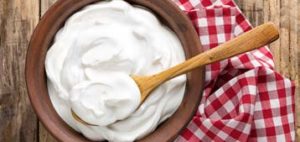
2520 California St, Ste G
Columbus, IN 47201(812) 374-4518
- Monday9am-4pmTuesday9am-5pmWednesdayclosedThursday9am-5pmFriday9am-5pmSatclosedSunclosed
-
Latest Articles:
- • Add These 10 Immune-Boosting Foods to Your Fall Diet •
- • Keep Your Skin Healthy and Glowing with these Fall Skincare Tips •
- • Beat End of Year Burnout with these Fall Self-Care Rituals •
- Sign up to receive news and updates and get my free report:“The Top 10 Reasons to Try Acupuncture”

Uncategorized
Acupuncture and Summer
 Summer is a time of abundant energy, long sunshine-filled days and warmth. In Traditional Chinese Medicine, summer has many different associations that help define it. The element of summer is fire, the color of summer is red, the emotion of summer is joy and the governing organs are the heart and the small intestine. But what does all of this mean? Let’s find out.
Summer is a time of abundant energy, long sunshine-filled days and warmth. In Traditional Chinese Medicine, summer has many different associations that help define it. The element of summer is fire, the color of summer is red, the emotion of summer is joy and the governing organs are the heart and the small intestine. But what does all of this mean? Let’s find out.
The TCM system relies heavily on the five elements and how they work and interact within the body. In TCM, there are multiple levels. The first is that of yin and yang. At the most basic level, yin is like water and yang is like fire. As mentioned, fire is the element of summer. Thus fire is yang in nature, which means it is symbolic of maximum activity. During the summer months, everybody and everything is more outgoing or outward in nature. And as the heart is the main organ associated with the season of summer, it should be paid close attention to and nourished to remain healthy.
The heart’s main function is to circulate oxygen-rich blood throughout the body. In TCM, mental activity is also associated with the heart. This is known as Shen in Chinese medicine. The Shen is sometimes compared to our mind, but it is actually much deeper than that. The Shen includes our thought processes, memory, consciousness and emotional well-being. And summer is the most appropriate time to calm the Shen and provide it with enrichment that will last throughout the whole year. When the fire element is balanced, the mind is calm, sleep is sound and the heart organ is strong and healthy. If the fire element is not balanced, there may be depression or an excess of joy, which manifests as mania. Symptoms of an unbalanced fire element include heartburn, insomnia, agitation, nervousness, digestive upset, rashes, palpitations and excessive perspiration.
There are quite a few ways to keep the heart and fire element balanced during the summer months. Meditation and deep breathing are easy to do, plus, they require no expensive equipment to perform and can be done anywhere.
Going outside and engaging all of your senses is another easy way to nourish heart health. A technique known as “grounding” has been gaining popularity over the past decade and science is showing it can be very beneficial. All one has to do is walk or stand in the grass while being barefoot. The energy from the earth is quite healing. And while you’re there, take time to listen to the sounds of nature that surround you and enjoy the fragrances of the flowers. These things are also grounding and have a calming effect on the mind and body.
Probably the two most important things you can do for heart health during the summer months is drink plenty of fresh water and eat cooling foods. No matter what season of the year, water is vital and it is recommended we drink at least 64 ounces per day. Cooling foods like fruits are good at keeping fire under control, which is healthy for the whole body.
Lastly, if you are experiencing a heart or fire imbalance, consider adding acupuncture to your routine. Acupuncture is very good at reducing or increasing the body’s yang/fire, depending upon your individual needs. Finding a licensed acupuncturist in your area may be the best decision you can make when it comes to staying happy and healthy.
Three Teas to Keep You Cool
As summer moves on and the warmer days continue, you will find yourself seeking ways to beat the heat. Herbal teas are a great way to cool both the body and mind. Cooling herbal teas can alleviate symptoms of excess heat and have you feeling your absolute best during these heat-intensive summer days.
Check out these three herbal teas that will ensure you stay cool.
1. Mint, Elderflower and Rosehips Tea
The combination of mint, elderflower and rosehips makes for a soothing herbal tea. Rose hips provide a much-needed boost of vitamin C, the elderflower lends its immune-cleansing benefits and the mint finishes off the tea with the cooling touch of menthol.
2. Lemon Hibiscus Tea
This is an herbal blend just as good cold as it is hot. Regardless of the way this tea is poured, it provides specific cooling benefits to the body. Hibiscus is high in vitamin C and combats against high blood pressure, liver disease and other ailments. Lemon has a kick of vitamin C too, but more importantly it is cleansing and a natural diuretic. This tea combination is both cleansing and cooling.
3. Iced Green Tea with Lemon and Mint
The perfect summer refresher. The combination of these three ingredients work together in perfect harmony in order to cool the body down. Packed with vitamin C, menthol and antioxidants this tea will get your constitution headed in the right direction.
Acupuncture and the Small Intestine
 The small intestine is part of the gastrointestinal tract. Up to 90 percent of the digestion and absorption of food occurs in the small intestine and its main function is the absorption of minerals and nutrients from the food we ingest. It is comprised of three separate parts, the duodenum, the jejunum and the ileum. The small intestine measures upwards of six to seven meters long and it has a surface area of over 200 meters. But in the Traditional Chinese Medical system, the small intestine is much more than just its physical traits.
The small intestine is part of the gastrointestinal tract. Up to 90 percent of the digestion and absorption of food occurs in the small intestine and its main function is the absorption of minerals and nutrients from the food we ingest. It is comprised of three separate parts, the duodenum, the jejunum and the ileum. The small intestine measures upwards of six to seven meters long and it has a surface area of over 200 meters. But in the Traditional Chinese Medical system, the small intestine is much more than just its physical traits.
TCM pairs energetic meridians so that they form a complete circuit. There is always a yang meridian and a yin meridian. The small intestine meridian is paired with the heart meridian. Imbalances in the small intestine meridian can lead to problems such as abdominal pain, digestion issues and also appetite problems like overeating or poor appetite. The small intestine meridian starts at the outer tip of the pinky finger and runs up the arm, over the scapula of the shoulder, up the neck and ends in front of the ear. The meridian pathway allows for it to be useful in treating not just intestinal and abdominal issues, but also things like earaches, TMJ, shoulder pain and neck pain.
The small intestine is the controller of the reception, transformation and separation of solids and fluids. It receives food and fluids from the stomach and then transforms them by separating the pure from the impure. The pure essence is dispersed throughout the body and the impurities are flushed into the large intestine for eventual removal from the body.
Since the small intestine is paired with the heart, it should be noted both meridians belong to the movement of fire. The heart meridian expresses movement upwards, while the small intestine meridian expresses movement downwards. And when considering this pairing logically, it makes sense. When we are experiencing heartache or stress (associated with the heart meridian), most of us then have an upset gastrointestinal tract, pain in the abdomen, vomiting, nausea or even a lack of appetite.
The small intestine meridian is particularly sensitive to cold. Therefore eating lots of cold, raw foods can actually lead to problems in the small intestine. When excess cold invades the small intestine, there may be pain around the navel, watery diarrhea or loose stools, frequent clear urination and loud gurgling sounds in the abdomen.
In TCM, the small intestine plays both a physical and a mental role. The mental role of the small intestine is to separate the clear thoughts from the turbid ones. This is another way the small intestine is connected to the heart in TCM. The heart houses the mind and is in charge of all of our mental health. Clear judgement depends on the ability of the small intestine to separate the pure from the impure. When there is dysfunction in the small intestine, then there may also be dysfunction in the mind.
While the small intestine may not seem as important as the heart or the kidneys, it is still an integral part of our body and as such, it should be taken care of equally as well. If you experience any abdominal or emotional issues, turning to a licensed acupuncturist may be a good start. But most of all, take good care of your gastrointestinal health and your body will respond favorably.
Ken’s Homemade Yogurt Recipe Sidebar
 Ingredients:
Ingredients:
⅓ cup of plain organic Greek Yogurt
Half gallon of organic milk (your choice of percent)
However much fruit of your choice you desire.
Recipe:
Heat the milk in a pot on the stove until it gets to around 205 F, just before it boils. Now remove milk from the stove and let it rest until it is warm to the touch.
Take the Greek Yogurt and mix it into the milk thoroughly. Once mixed in cover the mixture and place in oven with just the oven light on (do not have the heat on, this makes for a consistent temperature). Now let the mixture sit in the oven for 10 to 12 hours.
After 10 to 12 hours remove from oven and stir for consistency, the yogurt should coat a spoon. If you want a thicker consistency you can strain the yogurt through a cheesecloth. For a thinner yogurt, serve immediately after it is chilled.
Consider adding organic strawberries, blueberries, peaches or other fruit you enjoy to increase the flavor of this yogurt.
Bate’s Method of Eye Health
 Tired of having to use your glasses or contact lenses in order to see? Well, look no further, there is a natural way to regain your eyesight and retain optimal eye health. The method that makes this possible is called the Bate’s Method. Created by Dr. William H. Bates in 1891, the Bates Method has been used as an alternative form of ophthalmology for over a hundred years.
Tired of having to use your glasses or contact lenses in order to see? Well, look no further, there is a natural way to regain your eyesight and retain optimal eye health. The method that makes this possible is called the Bate’s Method. Created by Dr. William H. Bates in 1891, the Bates Method has been used as an alternative form of ophthalmology for over a hundred years.
Bate’s believed his alternative therapy to regaining eyesight revolved around the idea that most eye problems were caused by habitual, or recurring strain to the eyes. Bate’s assumed glasses were ineffective and encouraged people to try his alternative solution to fixing eyesight. One part that makes up the method is a series of specific eye exercises, which aim to alleviate the strain causing the patient’s eye issues.
The first key exercise we will introduce is the near-to-far shifting of focus. This exercise will work to promote a balanced use of your eyes, it will help build flexibility in the eye muscles and increase your mind-eye coordination. The object of the exercise is to look at photograph while you hold one of your fingers about 10 inches away from your face. The idea is to shift focus between your finger and the photograph, this will either cause you to see an illusion of two fingers, or two photographs, depending on what you are focused on at the time.
Eye stretches are another exercise critical to the Bate’s Method. Eye stretches take around three minutes to complete and they are very easy to do. First, you must close your eyes and relax all of the parts of your face while maintaining deep and easy breathes. Now, with your eyes closed stretch your eyes in an up and down motion, repeat this 20 times. After you have stretched the eyes up and down, close the eyes again and roll them in both clockwise and counterclockwise motions, repeat this step 20 times as well. Eye stretches are imperative to optimal eye health, they reduce pressure in the eyes and help your eyes relax.
In addition to exercises for the eyes, the Bate’s Method calls for changes to diet and the amount of exposure you receive from the sun. In terms of diet changes, smart things to do when incorporating the Bate’s Method are to cut sugar and fat from the diet, and to add a hearty amount of fruit, nuts and vegetables. Although dieting won’t increase your exposure to the sun, sunning, an idea unique to the Bate’s method will.
Sunning is the idea that an individual’s eyesight will improve after staring directly at the sun. In order to stare at the sun you have to work up to it first, but overtime Bate’s stated you will notice improvement to your overall eye health. Sunning must first be started gradually with a small light source such as a lamp and then through practice and exercise you can then start staring at the sun.
There are many part to the Bate’s Method and you should be sure to do them all when trying to retain optimal eye health.
Acupuncture and the Small Intestine
 The small intestine is part of the gastrointestinal tract. Up to 90 percent of the digestion and absorption of food occurs in the small intestine and its main function is the absorption of minerals and nutrients from the food we ingest. It is comprised of three separate parts, the duodenum, the jejunum and the ileum. The small intestine measures upwards of six to seven meters long and it has a surface area of over 200 meters. But in the Traditional Chinese Medical system, the small intestine is much more than just its physical traits.
The small intestine is part of the gastrointestinal tract. Up to 90 percent of the digestion and absorption of food occurs in the small intestine and its main function is the absorption of minerals and nutrients from the food we ingest. It is comprised of three separate parts, the duodenum, the jejunum and the ileum. The small intestine measures upwards of six to seven meters long and it has a surface area of over 200 meters. But in the Traditional Chinese Medical system, the small intestine is much more than just its physical traits.
TCM pairs energetic meridians so that they form a complete circuit. There is always a yang meridian and a yin meridian. The small intestine meridian is paired with the heart meridian. Imbalances in the small intestine meridian can lead to problems such as abdominal pain, digestion issues and also appetite problems like overeating or poor appetite. The small intestine meridian starts at the outer tip of the pinky finger and runs up the arm, over the scapula of the shoulder, up the neck and ends in front of the ear. The meridian pathway allows for it to be useful in treating not just intestinal and abdominal issues, but also things like earaches, TMJ, shoulder pain and neck pain.
The small intestine is the controller of the reception, transformation and separation of solids and fluids. It receives food and fluids from the stomach and then transforms them by separating the pure from the impure. The pure essence is dispersed throughout the body and the impurities are flushed into the large intestine for eventual removal from the body.
Since the small intestine is paired with the heart, it should be noted both meridians belong to the movement of fire. The heart meridian expresses movement upwards, while the small intestine meridian expresses movement downwards. And when considering this pairing logically, it makes sense. When we are experiencing heartache or stress (associated with the heart meridian), most of us then have an upset gastrointestinal tract, pain in the abdomen, vomiting, nausea or even a lack of appetite.
The small intestine meridian is particularly sensitive to cold. Therefore eating lots of cold, raw foods can actually lead to problems in the small intestine. When excess cold invades the small intestine, there may be pain around the navel, watery diarrhea or loose stools, frequent clear urination and loud gurgling sounds in the abdomen.
In TCM, the small intestine plays both a physical and a mental role. The mental role of the small intestine is to separate the clear thoughts from the turbid ones. This is another way the small intestine is connected to the heart in TCM. The heart houses the mind and is in charge of all of our mental health. Clear judgement depends on the ability of the small intestine to separate the pure from the impure. When there is dysfunction in the small intestine, then there may also be dysfunction in the mind.
While the small intestine may not seem as important as the heart or the kidneys, it is still an integral part of our body and as such, it should be taken care of equally as well. If you experience any abdominal or emotional issues, turning to a licensed acupuncturist may be a good start. But most of all, take good care of your gastrointestinal health and your body will respond favorably.
Foods to Increase Intestinal Absorption
The intestines are an extremely important organ and they should never be overlooked. You should make sure to feed your intestines with food that will increase intestinal absorption, by doing so you will help out your whole body. Foods that increase intestinal absorption range from fermented foods to pre-biotic containing foods.
Let’s start with the fermented foods. Fermented foods such as kimchi, sauerkraut and pickles can work together to help keep that gut balanced. If you are intaking foods such as these you are guaranteed to see an increase in intestinal absorption. The bacteria in fermented foods work together with your gut to help break down foods.
Pre-biotic foods are also important to the digestive tract. Keep your intestines happy by making sure to load up on pre-biotic foods such as seeds, flax, oats and potatoes. All of these foods encourage the growth of necessary and healthy microbes within your digestive tract.


